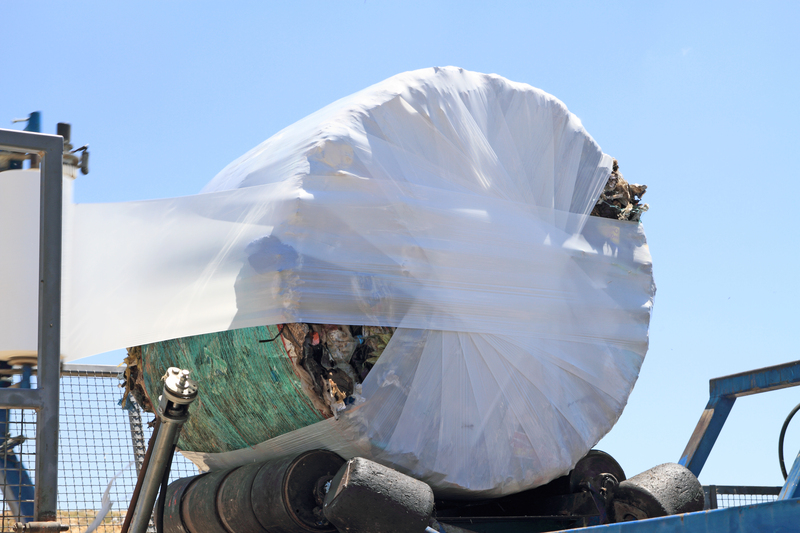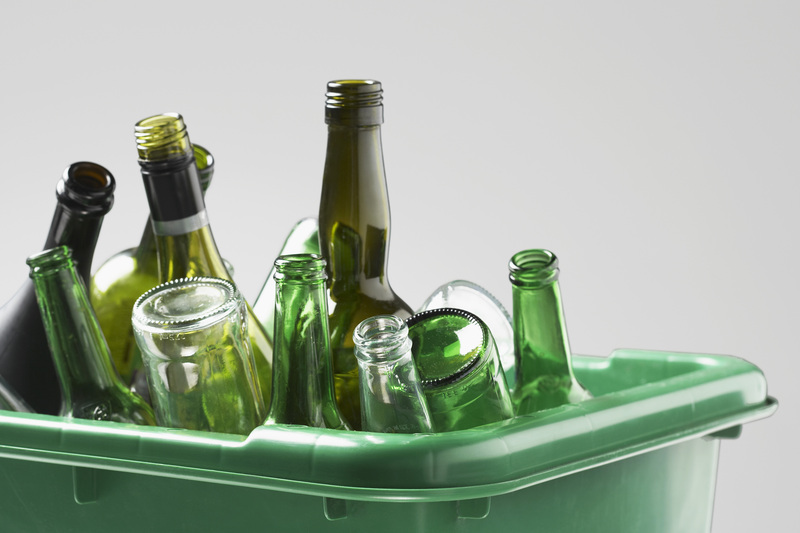What You Need to Know About Disposing of PPE Safely
Personal Protective Equipment (PPE) has become a crucial aspect of daily life and work environments, especially since the onset of global health crises. While the use of PPE such as masks, gloves, face shields, and gowns helps to reduce the transmission of diseases, their improper disposal can pose significant risks to both human health and the environment. This guide will provide you with comprehensive insights into how to dispose of PPE safely, why it matters, and what every individual and organization should consider when handling used PPE.
Understanding PPE and Its Importance
PPE refers to items designed to create a barrier between you and infectious agents. Common items include:
- Masks (surgical, N95, cloth, etc.)
- Gloves (latex, nitrile, vinyl, etc.)
- Gowns and coveralls
- Face shields and goggles
These items significantly minimize the risk of contamination in healthcare settings, workplaces, as well as in public spaces. However, their continued effectiveness depends not just on proper usage, but also on safe disposal practices.

Why Safe PPE Disposal Is Essential
PPE acts as a shield against pathogens, but after use, it may become contaminated with infectious agents. Improper PPE disposal can have serious consequences, including:
- Health risks: Used PPE can transmit diseases to waste handlers, cleaners, and the general public if not disposed of properly.
- Environmental hazards: PPE items, particularly single-use plastics, contribute to pollution, block waterways, and can harm wildlife.
- Spread of infections: Discarded PPE can become a medium for the spread of bacteria and viruses, especially in densely populated areas.
Therefore, understanding how to dispose of PPE safely is essential for every individual, business, and institution.
Types of PPE Waste and Disposal Challenges
Single-Use Versus Reusable PPE
PPE can be categorized as:
- Single-use PPE: Items like disposable masks and gloves designed for one-time use.
- Reusable PPE: Gear such as washable cloth masks and goggles that can be disinfected and used multiple times.
Single-use PPE generates a significantly larger waste stream and thus carries unique disposal challenges. Reusable items, while more environmentally friendly, must be disinfected according to manufacturer guidelines before reuse.
Hazardous Versus Non-Hazardous PPE Waste
It's critical to distinguish between different types of PPE waste:
- Hazardous PPE waste: Typically from healthcare settings, potentially contaminated with pathogens or hazardous chemicals.
- Non-hazardous PPE waste: Used PPE from non-medical public settings that is not visibly contaminated.
Differentiating these types allows for the appropriate PPE disposal method to be applied, reducing both health and environmental risks.
Safe PPE Disposal Methods
General Public Guidelines
For non-medical settings, follow these steps to safely dispose of PPE:
- Remove PPE carefully. Avoid touching the outside surfaces that may be contaminated.
- Double-bag your waste. Place used PPE in a plastic bag, then tie it securely and place it in another bag.
- Dispose in general waste. Used PPE like masks and gloves should be put in solid municipal waste, not recyclables.
- Wash your hands thoroughly after handling used PPE.
Never throw used PPE on the street or in public spaces. Not only is this a health risk, but in many areas it's also illegal.
Healthcare and Occupational Settings
For workplaces and healthcare facilities, PPE waste may require more specialized handling:
- Use designated PPE disposal bins: Labeled, leak-proof containers with lids make it safer for staff and waste handlers.
- Follow color-coding regulations: For instance, in some regions, yellow bags are used for infectious waste.
- Ensure regular waste collection and disposal: Coordinate with authorized medical waste management companies.
- Incineration: Some hazardous PPE waste may require incineration at approved facilities to neutralize pathogens.
Staff should always be trained on proper donning, doffing, and disposal techniques to reduce risks of contamination.
Environmental Impact of Improper PPE Disposal
Disposing of PPE safely is not just a public health concern--it's critical for environmental protection as well. Improper disposal can lead to several negative effects:
- Marine and terrestrial pollution: Plastic masks, gloves, and gowns can end up in water bodies or soil, causing long-term damage.
- Wildlife endangerment: Animals may ingest or become entangled in improperly discarded PPE.
- Microplastics proliferation: As PPE items break down, they contribute to the growing problem of microplastics in the environment.
Responsible PPE disposal helps to ensure cleaner, safer communities and ecosystems.
PPE Recycling and Alternative Solutions
Can PPE Be Recycled?
In most cases, PPE recycling is challenging due to contamination and materials used (like plastics that disrupt recycling streams). However, some innovations and pilot programs do exist:
- Specialized recycling programs: Some companies now collect and recycle used masks and gloves into plastic pellets for construction or industrial uses.
- Take-back schemes: Healthcare suppliers may offer take-back programs for used PPE, ensuring proper treatment and recycling where possible.
Check with your local waste management provider before placing PPE in recycling bins. Mixing contaminated PPE with recyclables risks the health of sorting workers and degrades the quality of recycled materials.
Eco-Friendly Alternatives
- Biodegradable PPE: Some manufacturers now offer masks and gloves made from plant-based or compostable materials.
- Reusable PPE: Washable cloth masks, face shields, and gowns reduce waste and environmental impact when cleaned properly.
- PPE decontamination technologies: UV light and other methods enable extended use of certain types of PPE in institutional settings.
Switching to these options wherever possible can help minimize the environmental footprint of PPE use.
Legal Regulations and Best Practices for PPE Waste Disposal
Relevant Laws and Guidelines
Many countries and localities have established regulations for PPE disposal, especially after the COVID-19 pandemic. These typically include:
- Requirements for medical waste management: Healthcare waste (including PPE) is considered hazardous and must be handled by certified companies under specific protocols.
- Workplace safety policies: Employers must ensure the safe collection, storage, and disposal of used PPE, in compliance with occupational health and safety laws.
- Penalties for illegal dumping: Improper disposal of PPE may incur fines or other penalties under environmental laws.
Best Practices for Organizations
- Educate staff: Provide regular training on correct PPE disposal procedures and why they're important.
- Provide accessible bins: Place labeled, hands-free receptacles throughout your facility to encourage proper PPE disposal.
- Partner with trusted waste handlers: Use certified companies experienced in hazardous and medical waste management.
- Monitor compliance: Regularly review and improve PPE waste handling processes.
How to Minimize PPE Waste in Everyday Life
Reducing your reliance on single-use PPE can help minimize the waste stream. Here are some simple strategies:
- Opt for reusable PPE where possible, especially when not in medical contexts.
- Follow local mask mandates and recommendations to avoid unnecessary use.
- Only use gloves when necessary (e.g., cleaning or medical procedures), as hand hygiene is generally sufficient for protection.
- Support brands committed to sustainability in their PPE offerings.

PPE Disposal FAQs
Can I throw used masks and gloves in the recycling bin?
No. Disposable masks and gloves should never be placed in recycling bins. They can contaminate recyclables and put workers at risk.
How should I dispose of PPE at home?
Place used PPE in a plastic bag, tie it securely, and put it in your regular waste bin. Always wash your hands afterwards.
Can PPE be composted?
Only biodegradable PPE should be composted, and only in facilities equipped to handle such materials. Standard PPE made from plastics cannot be composted safely.
Is incineration the best solution for PPE waste?
Incineration is effective in destroying pathogens but can create air pollution and greenhouse gases. It should be reserved for hazardous medical waste and conducted at regulated facilities.
Conclusion: Safe PPE Disposal Protects Us All
Disposing of PPE safely is a shared responsibility that impacts public health, the environment, and the well-being of communities around the globe. Whether you are an individual, a business owner, or part of a healthcare organization, following the best practices for safe PPE disposal helps prevent the spread of diseases and protects our planet from increasing pollution.
By making informed choices about the handling and disposal of personal protective equipment, you can play a vital role in safeguarding both people and the environment. Remember, every item of correctly disposed PPE is a step toward a healthier and more sustainable future.
For more detailed local guidance, always consult your local waste management authority or public health department on how to dispose of PPE safely in your area.
